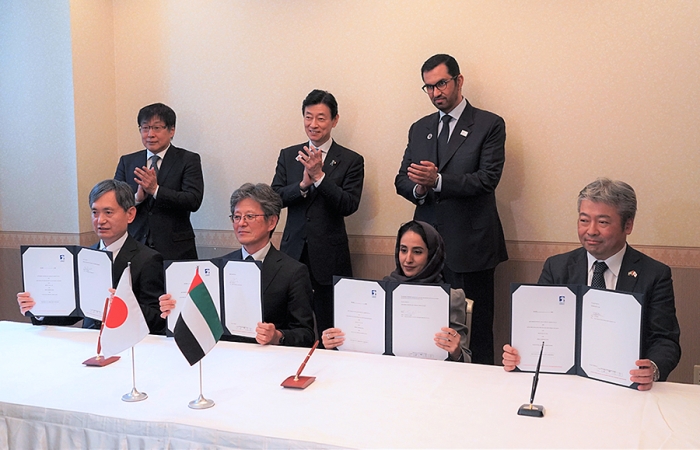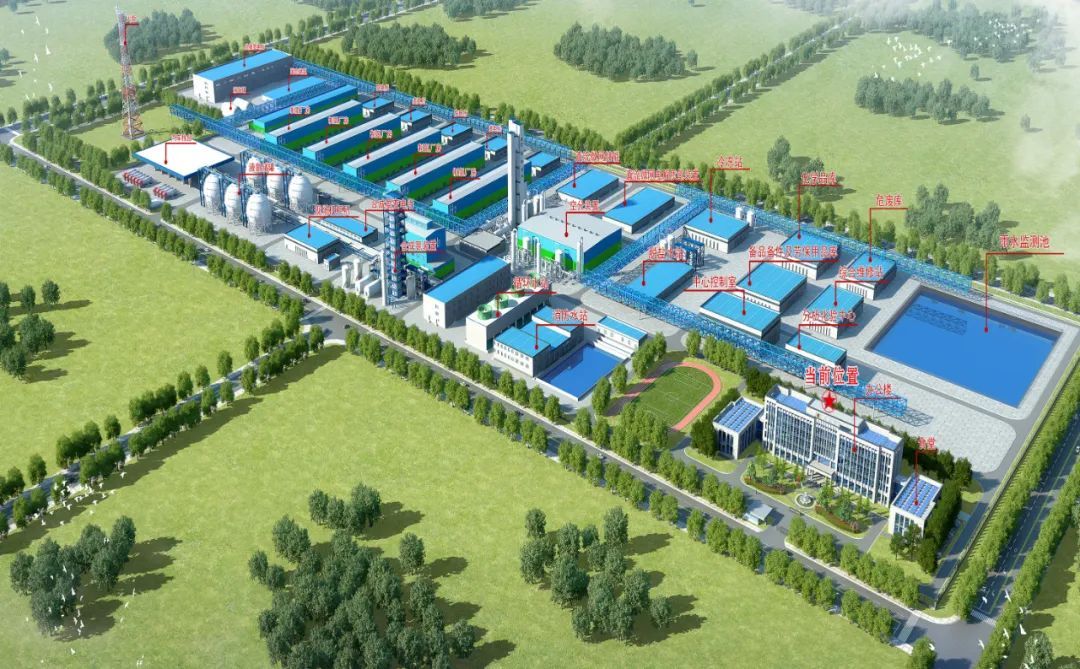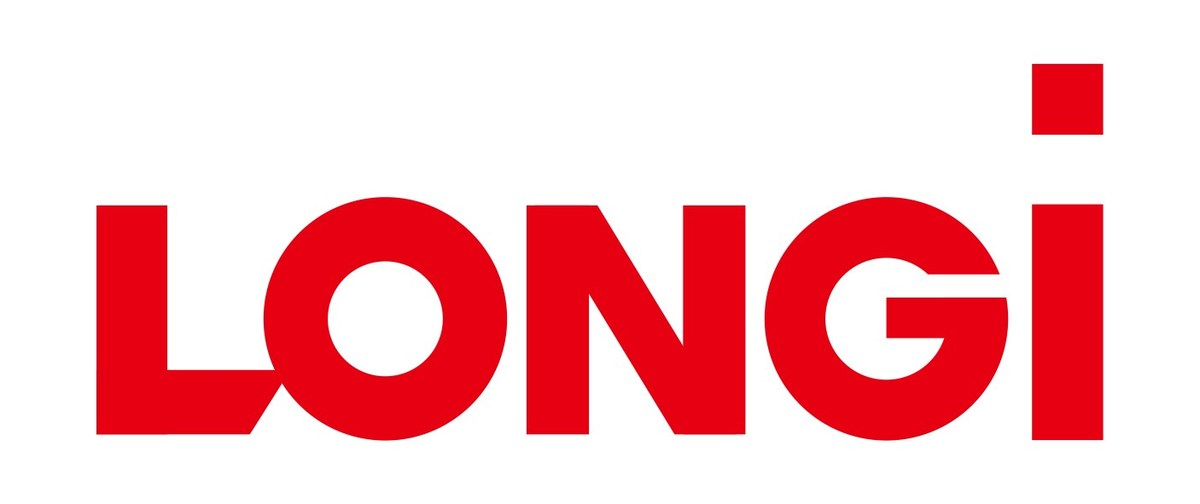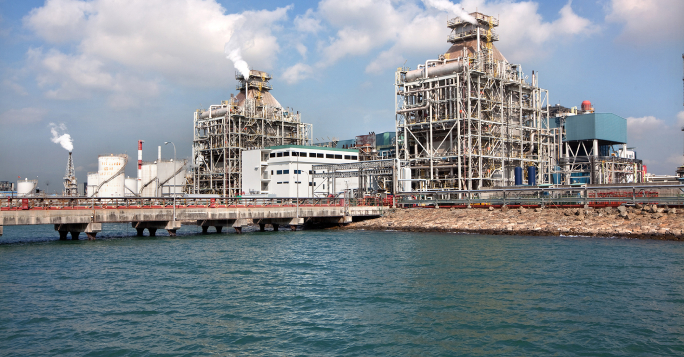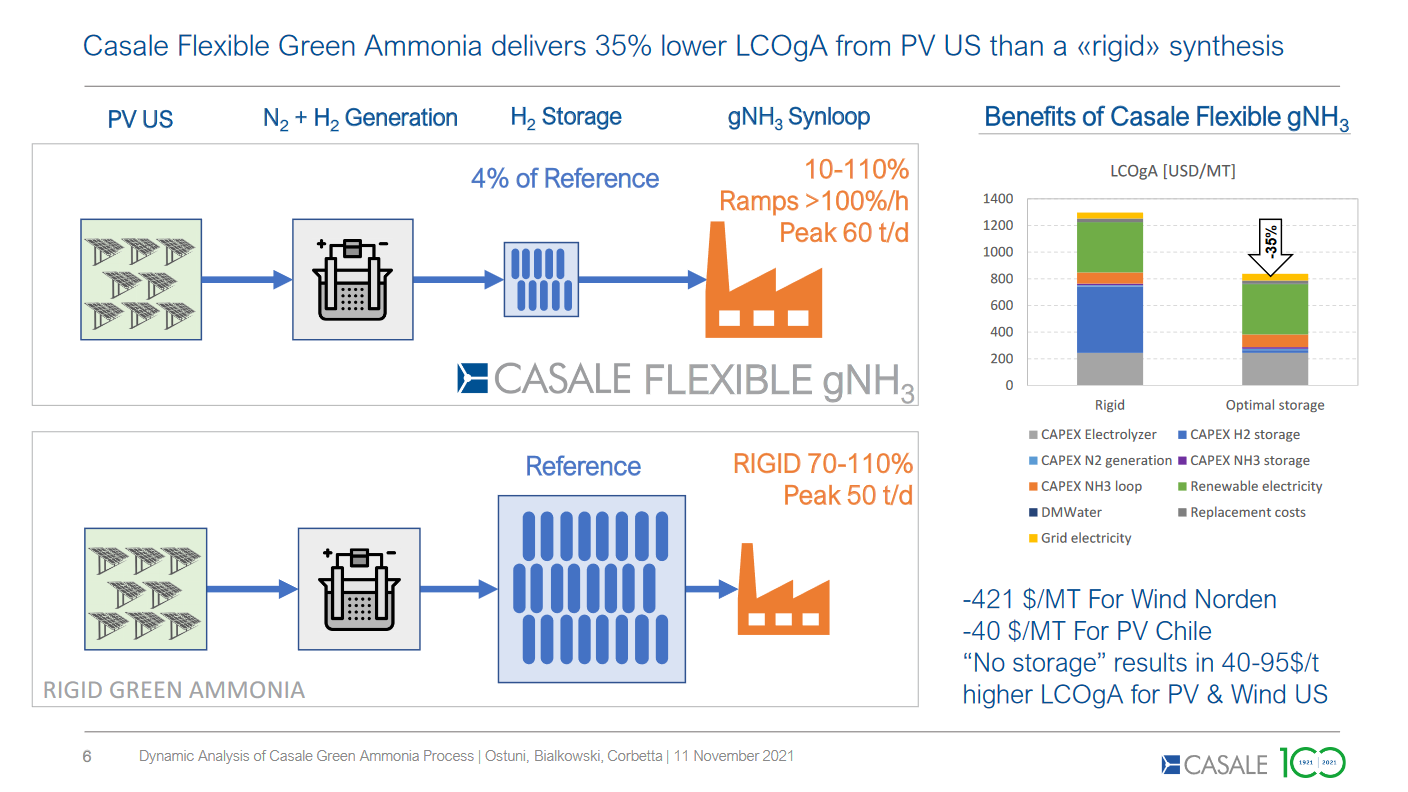Mitsui & Co., INPEX and Japanese government agency JOGMEC will partner with ADNOC to verify the emissions intensity of ammonia produced at a new project in al-Ruwais, UAE. The final methodology is likely to reflect the definition of clean ammonia currently being developed in Japan. Shipments of CCU-based ammonia have arrived in Japan & India in recent weeks from SABIC in Saudi Arabia, further highlighting the potential of Middle East supply chains.
Asia
New electrolysis-based ammonia projects in China
Jilin Electric Power Company has selected LONGi Hydrogen and SANY Hydrogen as electrolyser technology providers for a 180,000 tonnes per year renewable ammonia project in Da’an, northeast China. A growing list of renewable ammonia projects is being developed in the country, with many focused on decarbonised production of chemicals.
Maritime developments: on-water cracking, AiPs and Singapore bunker study releases first results
In maritime ammonia updates this week:
- In Europe, government funding will support the development of an ammonia cracking system that can be installed on existing LNG vessels (Norway), and the establishment of a floating production and storage facility connected to an offshore wind farm (Netherlands).
- Two AiPs have been granted: one for Korea’s first ammonia FSRU vessel, the other for a bunkering tanker in Singapore.
- H2Carrier and Trelleborg will develop a ship-to-ship ammonia transfer system.
- And GCMD has unveiled the results of their Singaporean ammonia bunker study. All risks identified for conducting pilot projects were found to be low or mitigable, with work towards those pilots to continue.
Keppel and ExxonMobil: low-carbon ammonia solutions for Singapore
Through this partnership, Keppel and Exxon Mobil look to leverage their experience to deliver low or zero-carbon hydrogen and ammonia solutions to support Singapore’s quest to decarbonise its power sector.
Flexible ammonia synthesis: shifting the narrative around hydrogen storage
Flexible ammonia production technology is currently scaling up to meet the challenges of fluctuating electricity feedstock. The ability to ramp down plants to 5 - 10% of their nominal load will minimize the requirement for hydrogen storage buffers and reduce the overall cost of renewable ammonia production. The first demonstration-sized flexible ammonia plants are due to begin operations later this year.
Amogy’s ammonia-to-power system to propel Marco Polo Marine’s offshore wind service fleet
Amogy’s ammonia-to-power technology will be installed in Marco Polo’s offshore wind service vessels, allowing them to be propelled by ammonia fuel. In related news, Amogy’s recently closed Series B funding round will boost commercialisation efforts, and its tugboat retrofit project is on course to hit New York waters later this year.
India: a future ammonia energy giant
Although a globally significant ammonia producer, India still relies on ammonia & fertilizer imports to support its agricultural sector. In our recent episode of Ammonia Project Features, we explored the potential of domestically-produced renewable ammonia to both replace these imports and position India as an ammonia energy giant. Excellent solar PV resources, plentiful government support and access to “round-the-clock” renewables were all highlighted as key drivers for India to meet its renewable ammonia potential.

